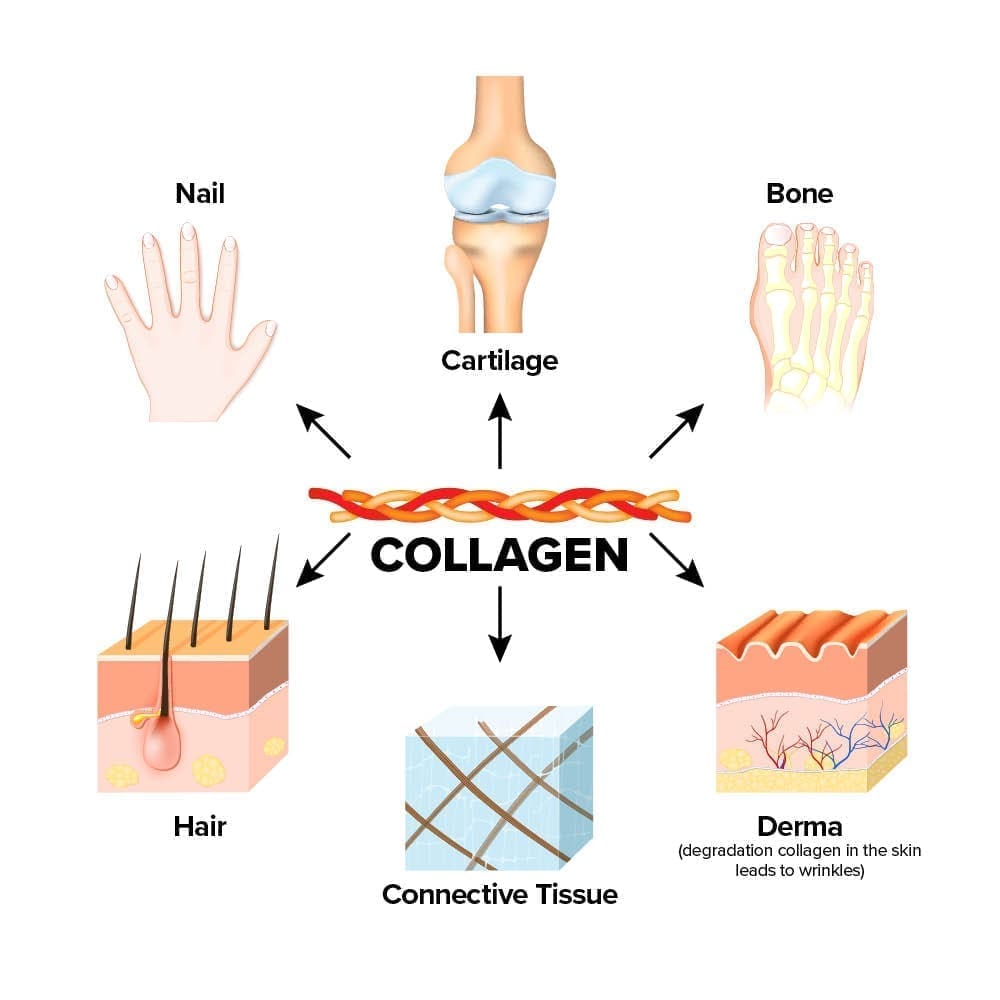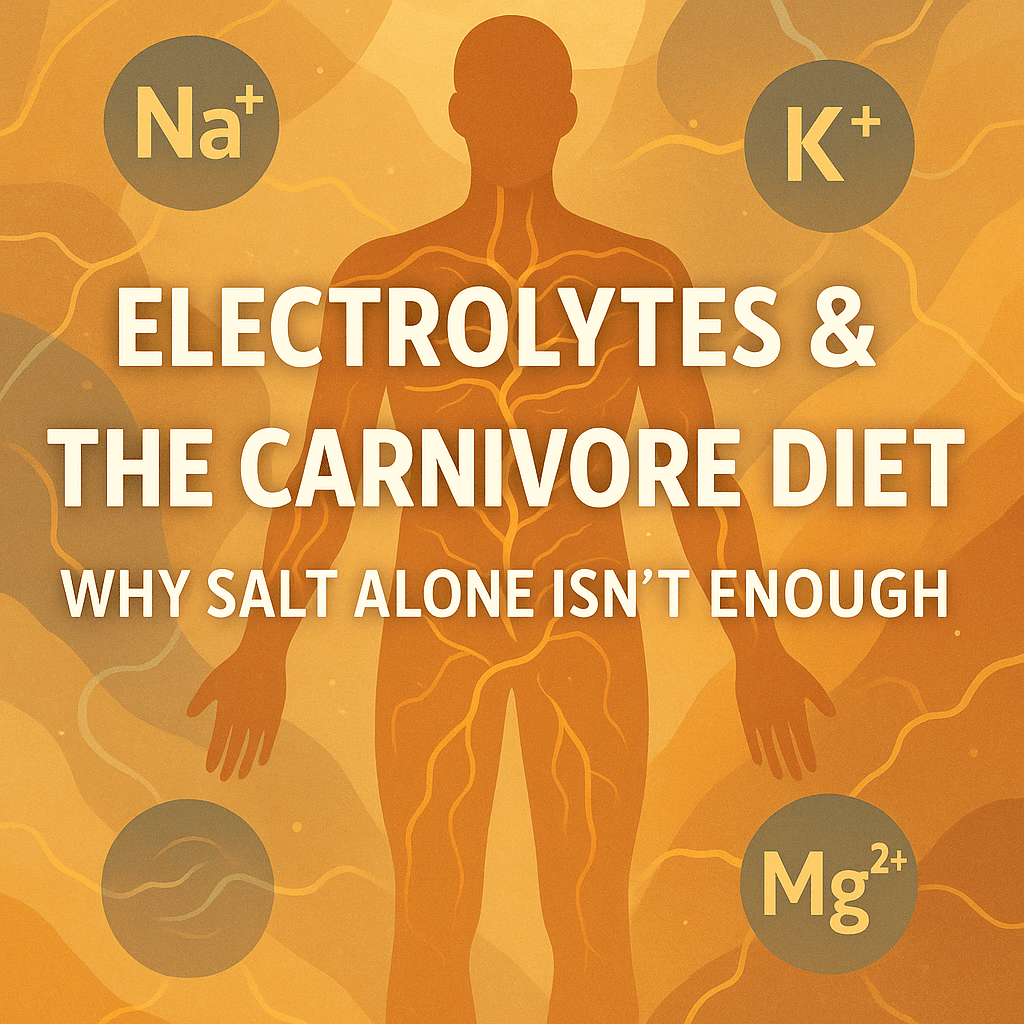With Testosterone Potential
Introduction
Fadogia agrestis is a lesser-known herbal supplement that has recently shot to fame, largely due to buzz in the fitness and biohacking community. It’s a small bush plant native to Nigeria and other parts of West Africa, traditionally used as an aphrodisiac. For generations, men in parts of Nigeria have brewed teas from fadogia stems to enhance sexual prowess and treat erectile issues. In modern times, interest in fadogia agrestis centers on its purported ability to significantly boost testosterone levels and libido.
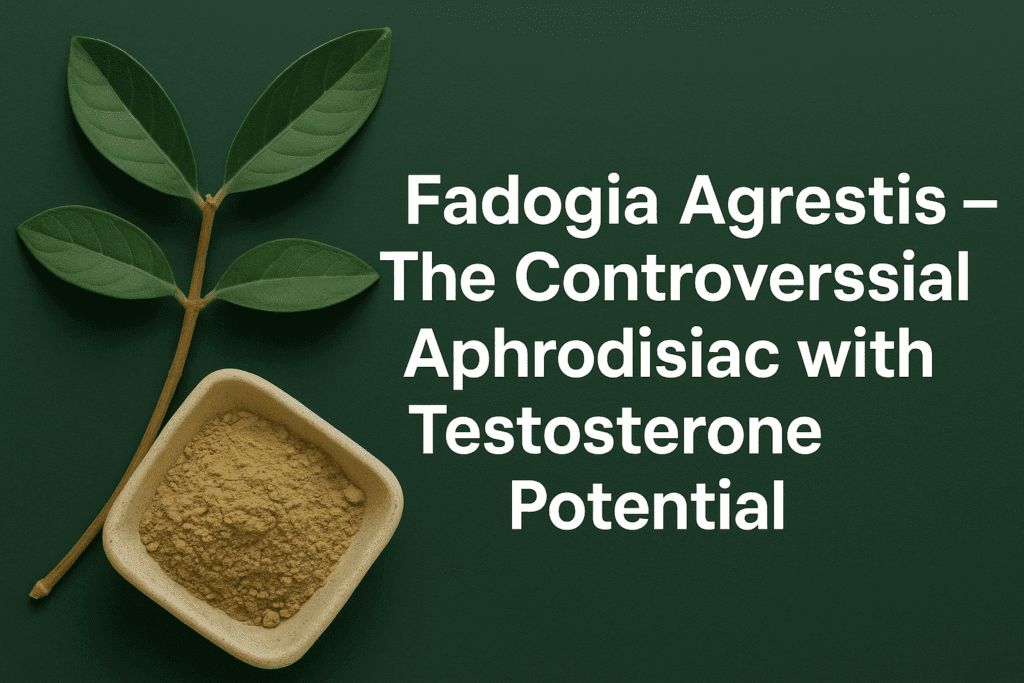
Some have even dubbed it a natural alternative to certain performance-enhancing drugs due to eye-opening animal research. However, along with the hype comes controversy and caution – fadogia is not extensively studied in humans, and some animal data raised eyebrows about potential toxicity at high doses. In this section, we will unpack how fadogia is thought to work, summarize the evidence (mostly from animal studies and user reports), outline its side effects and safety concerns (including that notion of “hypergonadism”), explore how it might synergize with other supplements, and discuss anecdotal experiences. Fadogia agrestis is a perfect example of a cutting-edge supplement where enthusiasm outpaces research – so let’s dig in carefully.
Table of Contents
- Mechanisms of Action
- Evidence-Based Benefits
- Side Effects and Risks
- Synergies and Interactions
- Anecdotal and Lesser-Discussed Effects
- FAQ
- Where to Buy
- Related Studies / Further Reading
Mechanisms of Action
Fadogia agrestis contains unique bioactive compounds (possibly alkaloids and anthraquinones) that appear to act on the hormonal axis:
LH-Mimetic or Stimulating Effect
The primary mechanism suggested for fadogia is that it may increase luteinizing hormone (LH) levels or mimic its action, thereby stimulating the testes to produce more testosterone. In a pivotal animal study, male rats given fadogia extract showed dose-dependent increases in testosterone – up to roughly 6-fold higher than control at the highest dose. This dramatic rise implies a potent pro-androgenic effect. Researchers hypothesized that compounds in fadogia either act like LH (binding to receptors in the testes) or trigger the pituitary to release more LH. Essentially, fadogia seems to tell the testes “produce more testosterone!” The same study noted increased testicular cholesterol levels, which might indicate enhanced substrate availability for steroid synthesis. This LH-like action sets fadogia apart – it’s not just freeing testosterone or reducing cortisol; it’s potentially cranking up the body’s own testosterone factory.
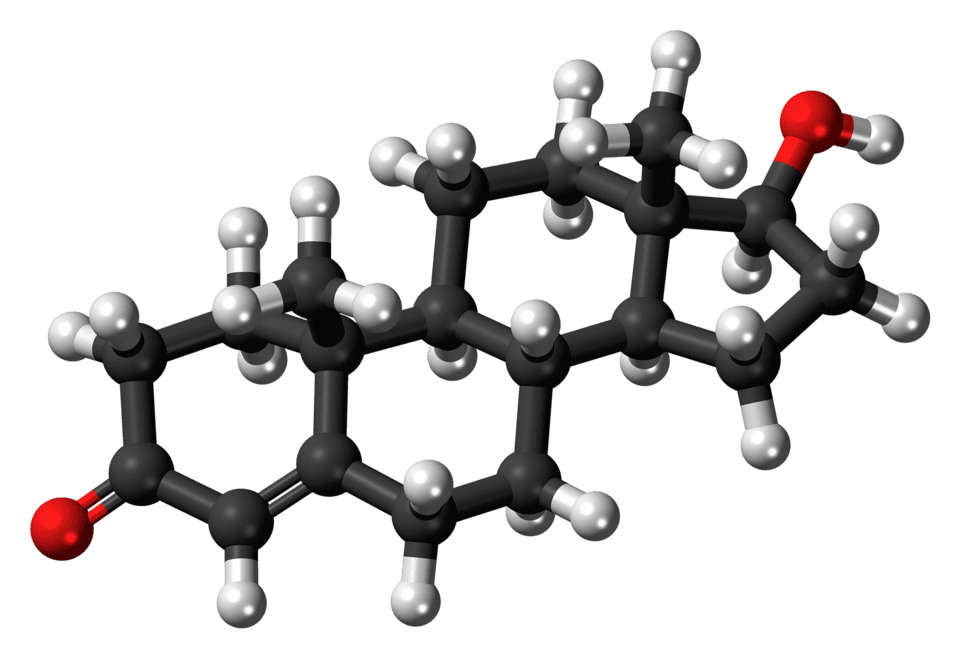
Aphrodisiac and Sexual Behavior Enhancement
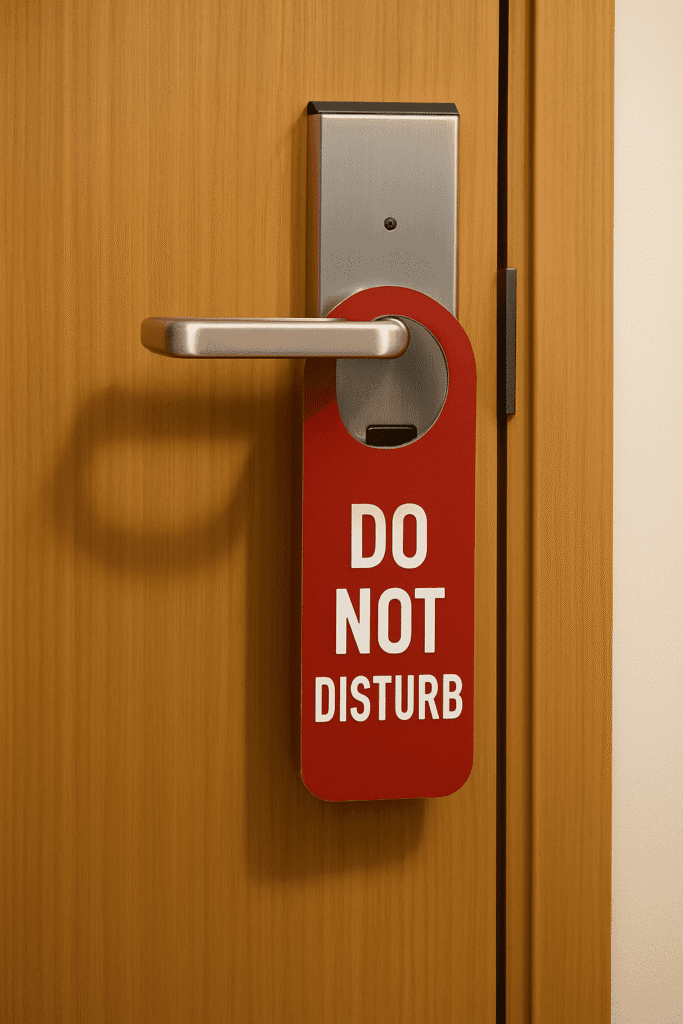
True to its traditional use, fadogia robustly increased sexual behavior in animal models. Rats treated with fadogia showed significantly higher mounting frequency, intromission frequency, and shorter time to ejaculation compared to controls. These effects, observed as early as day 5 of treatment, suggest fadogia acts as a quick aphrodisiac. The mechanism here is partly due to the testosterone surge (which heightens libido) but could also involve direct actions on the central nervous system (e.g., modulating dopamine or other neurotransmitters involved in sexual arousal). The traditional preparation often involved short-term dosing for an immediate virility boost, implying that fadogia’s compounds rapidly influence sexual response pathways.
Potential Effects on Testicular Tissue
Fadogia’s story is incomplete without mentioning its impact on the testes themselves. Interestingly, animal studies have reported that fadogia treatment led to an increase in testicular size and weight relative to body weight. On the surface, this could be seen as a positive hypergonadism effect (bigger testes often correlate with more output). However, there’s nuance: extremely high doses in rats caused some adverse changes in testicular histology (microscopic structure), hinting at possible overstimulation or toxicity. Mechanistically, the testicular enlargement suggests increased spermatogenesis activity and fluid production in the testes. Indeed, the same studies noted elevated levels of testicular enzymes and sialic acid, which are associated with sperm production and seminal fluid. Thus, fadogia may ramp up not only testosterone but also sperm creation (though no human sperm data yet).
Evidence-Based Benefits
When it comes to human data on fadogia, we have to be upfront: we’re largely extrapolating from animal studies and user experiences, because published human research is virtually nonexistent at the moment. However, the animal research is quite striking and aligns with anecdotal reports from male users. Here’s a rundown of what the evidence – such as it is – suggests:
Skyrocketing Testosterone in Animal Studies
The hallmark study often cited (Yakubu et al., 2005) found that male rats given Fadogia agrestis stem extract at doses of 18, 50, and 100 mg/kg for just 5 days had significant increases in serum testosterone in a dose-dependent manner. Even the lowest dose (18 mg/kg) raised testosterone considerably, and the highest dose multiplied testosterone several fold. To put that in perspective, if such an effect translated to humans (a big if), it would be like taking someone from low-normal T to well above high-normal in a week. This outcome is what spurred interest in fadogia as a potential natural testosterone booster stronger than nearly anything else herbal.
Libido and Erectile Function
If user feedback is anything to go by, fadogia agrestis has a pronounced effect on libido and sexual frequency. Men often report that within the first 1-2 weeks, they experience a resurgence of sexual thoughts, a need for less stimulation to get aroused, and sometimes more intense erections. Additionally, some men with borderline erectile issues have found help in fadogia – presumably because higher T can improve nitric oxide production and sexual confidence.
Muscle and Athletic Performance
There is a lot of curiosity whether fadogia’s testosterone spike can translate into better gym results. No direct studies on muscle mass exist yet, but some users have reported that fadogia gave them a noticeable increase in strength and recovery. This could be partly psychological (higher T often means more motivation) and partly physiological (testosterone aids muscle protein synthesis).
Side Effects and Risks
Fadogia Agrestis is a supplement where you’ll often hear the phrase “promising but proceed with caution.” The reason is that the same animal studies that showed huge T increases also revealed some worrisome safety signals at high doses. And since we lack human studies, we have to extrapolate and be conservative. Here are the known and potential side effects and risks:
Potential Testicular Toxicity at High Doses
The rat studies indicated that while moderate doses (18 mg/kg) of fadogia did not cause lasting harm, the higher doses (50 and 100 mg/kg) caused changes in the testes that could be interpreted as damage or overstrain. The concern is that fadogia in too high a dose or too long a duration might overstimulate the testes to the point of cellular stress or injury.
Hypergonadism and Hormonal Imbalance
The term “hypergonadism” in the context of fadogia refers to the state of excessively high gonadal activity. While high testosterone might sound great, too high can cause issues: the body could convert excess testosterone to estrogen (leading to potential gyno or mood swings), or the negative feedback might later crash one’s natural LH when fadogia is stopped (leading to a temporary low-T situation).
Synergies and Interactions
Fadogia agrestis is often taken alongside other supplements, but this needs careful consideration given its potency:
Fadogia + Tongkat Ali
This is the power duo that has gotten a lot of attention. Tongkat ali and fadogia are frequently paired to target testosterone from multiple angles. The combined effect can also amplify side effects – some have found that what was tolerable individually becomes too intense together.
Fadogia + Ashwagandha or Other Adaptogens
Pairing fadogia with a calming adaptogen like ashwagandha can be wise. Ashwagandha helps control cortisol and anxiety, which might balance fadogia’s intense drive.
Anecdotal and Lesser-Discussed Effects
Since formal studies on fadogia in humans are lacking, the anecdotal reports carry a lot of the narrative. Here are some that stand out, including those less commonly talked about:
Rapid Onset of Effects
Many users note that fadogia’s effects come on quite quickly – often within the first week. This rapid onset is consistent with the animal data, where significant changes were seen by day 5 in rats.
Post-Cycle/Stop Dip
A number of anecdotal accounts suggest that when one stops fadogia after a prolonged run, they experience a bit of a “crash” or low period. Symptoms described include fatigue, decreased libido, and moodiness.
Where to Buy Fadogia Agrestis
This herbal supplement is widely available on Amazon. If you buy though the link below, you support this site by allowing us to earn a small commission. It does not cost any extra.
🇬🇧 UK Visitors – Click here to buy Fadogia Agrestis
🇺🇸 US Visitors – Buy Fadogia Here
FAQ
Related Studies / Further Reading
- Yakubu et al., 2005 – “Effects of Fadogia Agrestis on Testosterone and Sexual Behavior in Male Rats”
Link to PubMed Study - Additional Studies on Fadogia Agrestis and Testosterone
PubMed Database - Pharmacological and Hormonal Effects of Fadogia Agrestis
Academia.edu Articles - Cleveland Clinic – Resources on Testosterone and Its Role in Male Health
Cleveland Clinic
This herbal supplement is widely available on Amazon. If you buy though the link below, you support this site by allowing us to earn a small commission. It does not cost any extra.
🇬🇧 UK Visitors – Click here to buy Fadogia Agrestis
🇺🇸 US Visitors – Buy Fadogia Here

